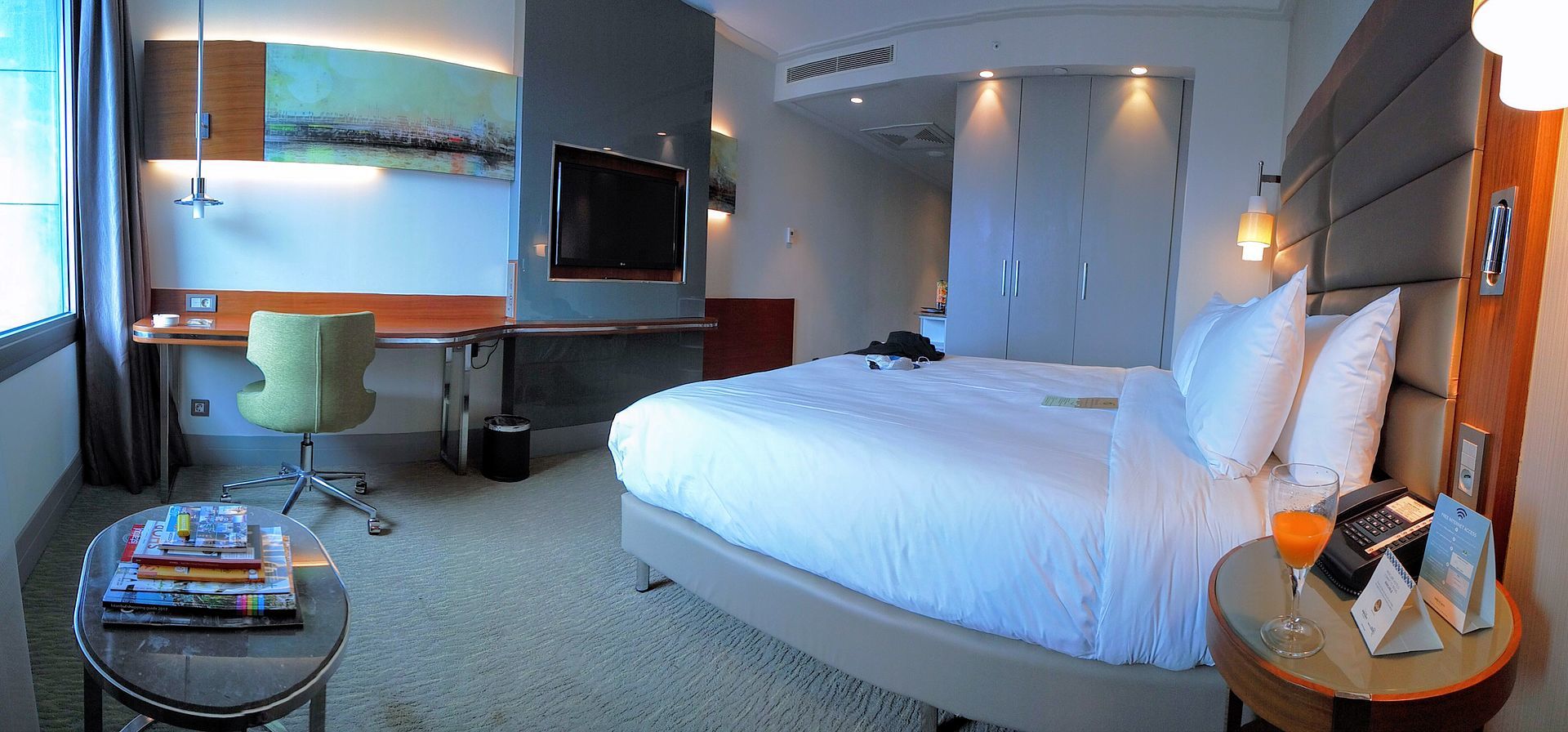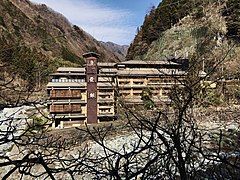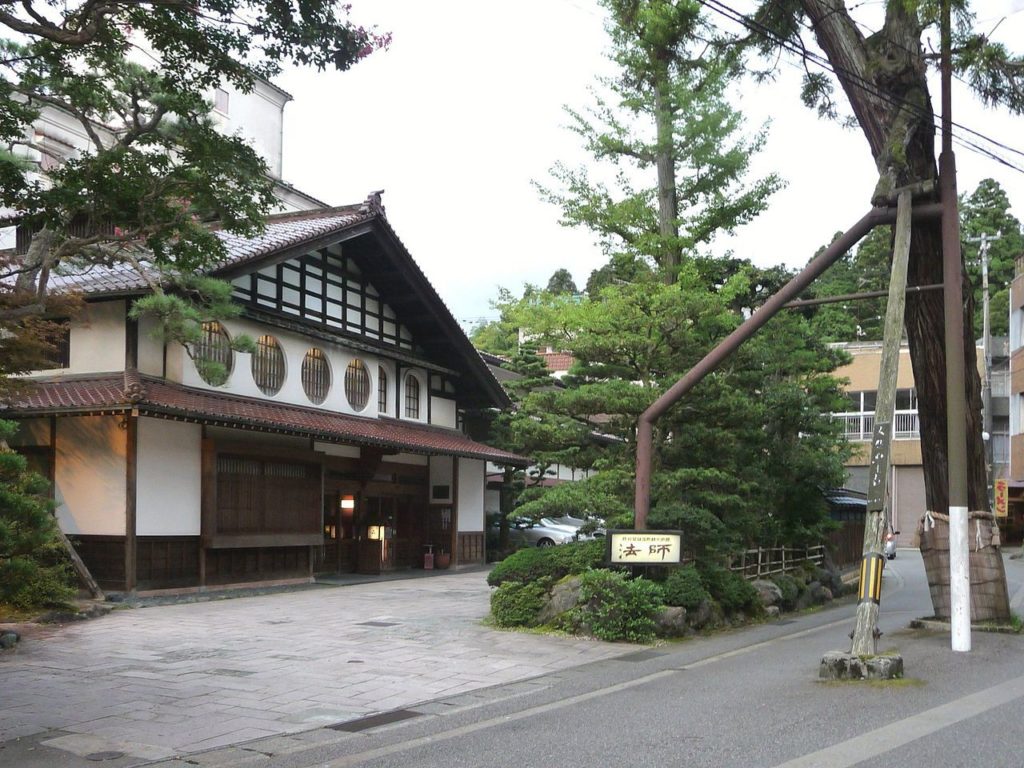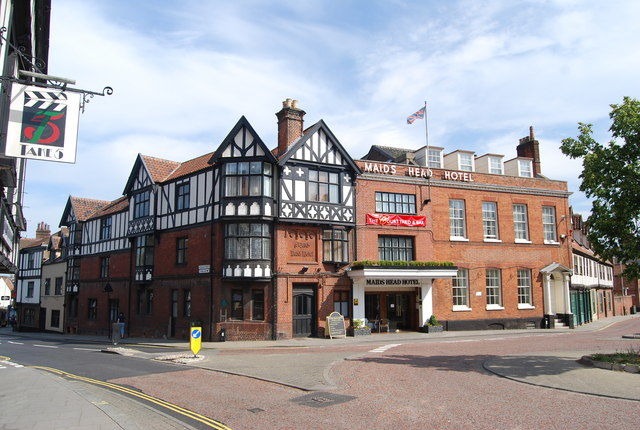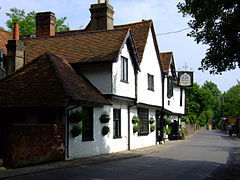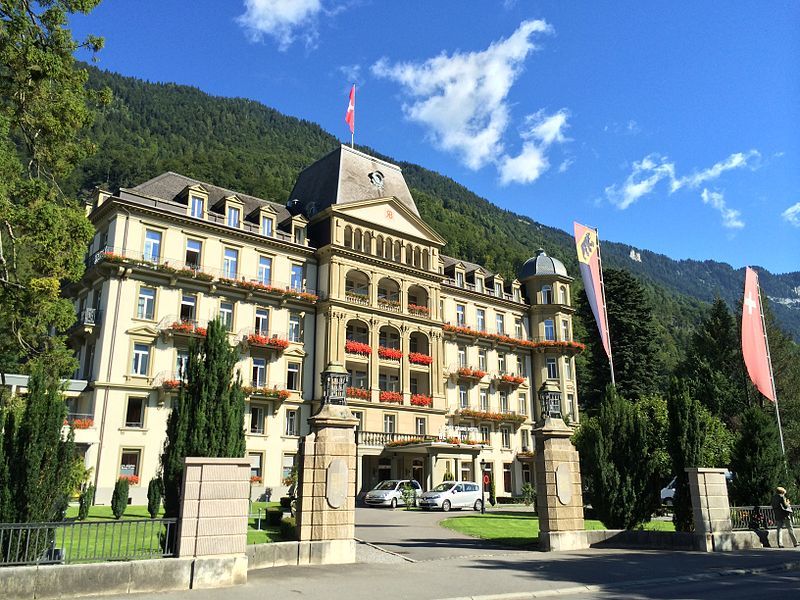History of Hotels
The name “Hotel” was coined from a French word ‘hostel’ which later on developed to ‘hotel’ as it was adapted in English. Hotels are establishments where clients pay their lodging for a short time. It provides facilities following the customer’s necessity, ranging from a modest low-priced room to a high-pricing luxury suite. Hotel rooms are usually numbered to make it a lot easier for guests or customers to identify which room they are going to lodge.
Hotels as businesses were traced back from the early times of the medieval era. These establishments were called “Coaching Inns,” which were only open for the wealthy carriage lodgers that were out for traveling and in need of an Inn.
In the year 1768 in Exeter, England, the opening of the Royal Clarence Hotel had publicized the idea of building a hotel throughout western England. It was the first establishment to be called a ‘hotel.’
Royal Clarence Hotel’s planned development was entrusted to an under-tenant named Peter Berlon, a French schoolmaster. After the quick development, it was opened as an assembly room in 1766. Later in the year 1768, it was advertised in a newspaper article as “Coffee House, Inn, and Tavern.” The hotel’s popularity grew and became the leading coaching inns in England. The most notable person who visited the hotel was Vice-Admiral Horatio Nelson in 1801, and the Hungarian composer and pianist Franz Liszt in 1840.
The hotel was also featured by a writer named Alexander Jenkins in his 1806 book called “History and Description of the City of Exeter.” He described the hotel as “large, commodious and elegant.” In addition, the name Royal Clarence Hotel was established after Adelaide, Dutchess of Clarence, visited the hotel in 1827. Before being named as Royal Clarence Hotel, it had subsequently taken different names, including Thompson Hotel, Cadogen Hotel, and Philips Hotel.
On the other hand, on some historical accounts, the first Inn started in Japan. Dated back from 705 AD, almost a thousand years ago, the oldest Inns in Japan opened to accommodate Samurais (Japanese Pre-modern warriors), Shoguns (Japanese Military dictator), and even the Japanese emperor.
It was in the 19th century when luxury hotels began to rise in the northern part of America. In 1829, Tremont Hotel was established in Boston. It was the first hotel that provided indoor plumbing, running water, free soap, locked rooms for guests, bellboys, and a reception area. This hotel that was designed by an architect named Isaiah Rogers had been one of the famous hotels in the early 19th century. Some notable people have reportedly lodged in the Tremont Hotel, including the famous writer Charles Dickens and the notable soldier, Davey Crockett.
In the span of years from the year 1836 up to the 1890s, many prominent and luxurious hotels have opened to house wealthy clientele.
Today, hotels are now improving their services to a higher level of luxury a customer can ever imagine. They are offering full-service accommodations, high-quality amenities, and a lot more appealing offers to reach the customer’s satisfaction. They made it possible to accommodate and make their guests comfortable, like they are living life in the most luxurious way as possible.
Oldest Hotels in the World
Although many hotels are still emerging today, one cannot deny that the initial idea of a hotel for lodging in came from the pioneers and founders of the Inns on the earlier era. So, if you’re planning on where to check in on your next vacation, here are the lists of the oldest yet classy hotel in the world that are still operating up to this day:
Nishiyama Onsen Keiunkan
Nishiyama Onsen Keiunkan is the oldest hotel recognized by the Guinness Book of World Record. Nishiyama Onsen has about thirty-five rooms and is famous for its traditional hot springs (Onsen) located in Hayakawa, Yamanashi Prefecture, Japan.
It was established in 705 AD by Fujiwara Mahito and was known for accommodating notable Samurais, Shogans, namely Tokugawa Ieyasu and Takeda Shingen, and the 38th Emperor of Japan, Emperor Tenji.
Nishiyama Onsen Keiunkan is still operating up to this day and is in care of Mahito’s 52nd generation family.
Hoshi Ryokan
Hoshi Ryokan was established in the early 718 AD, located in Komatsu, Ishikawa Prefecture, Japan. It is founded by Garyo Hoshi and one of the oldest hotels with hot springs, second to the Nishiyama Onsen Keiunkan.
The beginning and founding of this hotel started when a Buddhist Priest, Taicho Daichi, was asked by a Deity named Hakusan Daigongen to build the hotel. Garyo Hoshi, a follower of Taicho Daishi, built the hotel to where Daishi told him to.
Maid’s Head Hotel
Maid’s Head Hotel was opened in the 13th century, around the year 1090, founded by Herbert de Losinga. It is a four-star hotel with eighty-four rooms, located in Norfolk, England.
Zum Roten Bären
Zum Roten Bären was founded in the year 1120 in Freiburg im, Breisgau, Germany. Although there was no account on who was the real founder of Zum Roten Bären, a written record stated that Johann Bienger was the landlord of the hotel in the year 1311. Also, according to the record kept by the Freiberg Museum director, one of the notable lodgers of this hotel was Marie Antoinette during her stay in Freiberg in 1770.
The Olde Bell
The Olde Bell was established in the year 1135 in Hurley, Berkshire, England. It is one of the oldest Hotels in England, which was initially founded as a guest house for the Benedictine Priory.
During the hotel’s long history, The Olde Bell had accommodated notable guests like the American-British actress, Elizabeth Taylor, and former prime minister, Winston Churchill.
Hotel Interlaken
Hotel Interlaken was founded in 1323, initially as a hospital. It is one of the oldest hotels in Switzerland located in Interlaken, Switzerland. In 1941, it was renovated and given a coat of arms that can be seen in the south front of the hotel.

